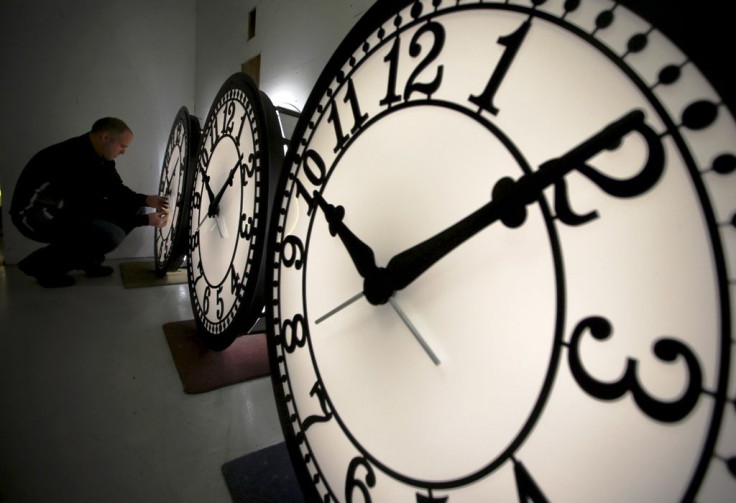Daylight Saving Time Might Affect Your Health In The Long Term

Every year, several areas in Europe, North America, and certain other regions observe daylight saving time (DST)- which is the system of adjusting clocks forward and backward to adjust which regions of the day had the most daylight hours. The most recent DST change that happened over the past weekend has made experts analyze the consequences associated with it.
A new study points out that the annual transition to and from daylight saving time has long-lasting clinical implications.
The researchers at Vanderbilt Medical Center opined that the one-hour change which happens twice every year can make a huge impact on human health. Human bodies, just like other organisms depend largely on the daily light cycle for good health. And abruptly disrupting this cycle can have both short term as well as long-term health issues.
The short-term impact on health includes issues like sleep loss, temporary cognitive problems, slower reactions, and a higher number of car accidents. The researchers also report that adults face around 20 minutes or lesser sleep which is adequate to increase accident risk.
And as with the long-term effects, the DST light change is said to cause the part of the year where the morning remains dark until a substantial duration after most people wake up in the morning. The absence of natural light to regulate one’s sleep cycle and encourage wakefulness in the morning can also put them at risk of heart attack or stroke.
People think that DST is just a one-hour transition and isn’t going to make a big deal. They think that they can get over it in a single day but what they don’t understand is that their biological clock gets out of sync.
“It’s not one hour twice a year. It’s a misalignment of our biologic clocks for eight months of the year.’ Some people are more sensitive to this time change than others and may require weeks or months to fully transition to this new light cycle,” explained the lead researcher Beth Ann Malow.
While some people have flexible circadian rhythms and can adjust quickly, certain others could be more sensitive. Experts also note that the transition impacts some kids with autism for a longer duration.
© Copyright IBTimes 2025. All rights reserved.






















